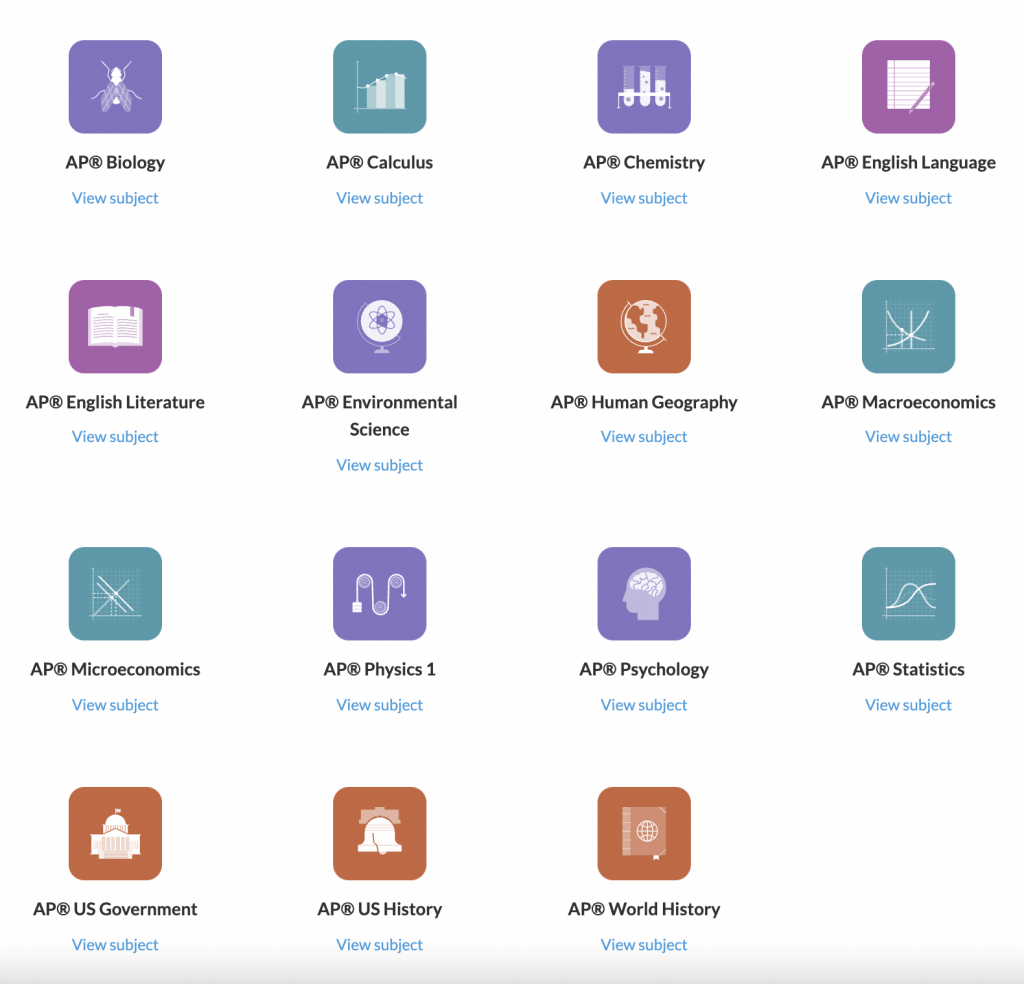What We Review
European Colonization in North America (1607–1754) – A Study Guide
Introduction
From 1607 to 1754, European colonization changed the course of history in North America. Different European countries—Spain, France, the Netherlands, and England—developed unique colonies with their own goals, strategies, and relationships with Native Americans.
Understanding these varied colonial efforts is important because they shaped the culture, economy, and society of what would eventually become the United States. Each group created new systems for government, labor, and trade—and interacted with Native Americans in very different ways.
In this guide, you’ll learn about the major players, their motivations, and how their colonies grew. By the end, you’ll be able to compare their strategies and explain why these differences mattered for future U.S. history.
Spanish Colonization: Wealth Extraction and Native Subjugation
What Did the Spanish Want?
Spain’s main goal was to extract wealth from the Americas. Spanish explorers and settlers searched for gold, silver, and other riches. They also hoped to spread Christianity and expand their empire.
How Did the Spanish Control Their Colonies?
To reach these goals, Spain set up systems to control land and people:
- Encomienda System: Spanish officials granted land to colonists, giving them the right to demand labor and tribute from local Native Americans.
- Caste System: Spanish society in the Americas was organized by race and birthplace, with Spaniards at the top and Indigenous peoples and Africans at the bottom.
The Spanish tried to incorporate Native Americans and Africans into their colonies, but this often meant forcing them into harsh labor and converting them to Christianity.
Example: The Encomienda System
Let’s see how the encomienda system worked:
- The Spanish king granted land in the Americas to a colonist.
- The colonist (encomendero) gained the right to collect tribute or labor from the Native Americans living there.
- In exchange, the encomendero was supposed to protect them and teach them Christianity.
- However, in reality, this system led to forced labor and severe mistreatment for Native Americans.
Impact on Indigenous Populations
Spanish colonization caused huge changes for Native Americans. Many died from new diseases, harsh working conditions, and loss of land. The Spanish also brought enslaved Africans to the Americas, adding another group to the colonial society.
French and Dutch Colonies: Trade and Alliances
What Were the Goals of the French and Dutch?
Unlike the Spanish, the French and Dutch focused on trade rather than settlement. Their main interest was building profitable relationships through the fur trade. Few Europeans moved to these colonies, so cooperation with local Native American tribes was necessary.
How Did They Build Relationships?
- Trade Alliances: The French and Dutch traded European goods such as metal tools and cloth for Native American furs.
- Intermarriage: Especially among the French, many settlers married into Native families, which strengthened alliances.
- Diplomacy: Both groups relied on making treaties and partnerships instead of fighting wars over land.
Example: French Fur Trade Alliances
A typical French fur trade alliance worked as follows:
- French traders traveled to Native villages to exchange goods for animal furs.
- The French formed partnerships with tribes such as the Huron.
- These alliances included trade but also military support during conflicts.
- In many cases, French traders lived with Native groups and sometimes married into their families.
How Were the French and Dutch Different?
While both focused on trade and alliances with Native Americans, the Dutch built the colony of New Netherland around New York. Like the French, the Dutch encouraged trade rather than mass migration.
English Colonization: Agriculture, Expansion, and Settlement
Why Did So Many English Colonists Come?
English colonies grew quickly because people came for various reasons:
- Seeking social mobility: Opportunities for better lives
- Economic prosperity: Earning wealth through land and trade
- Religious freedom: Escaping persecution in England
- Improved living conditions: Avoiding poverty and unemployment
Families, not just men, migrated to these colonies. This encouraged long-term settlement.
How Did the English Treat the Land and Natives?
- Land Acquisition: The English often took land from Native Americans, leading to conflict.
- Separate Societies: English colonists generally lived apart from Native tribes.
- Agricultural Focus: They built farms, growing tobacco (in the South), wheat, and other crops.
Example: Jamestown’s Survival and Growth
Here’s why Jamestown, the first permanent English colony (founded in 1607), survived:
- Early settlers struggled because they focused on finding gold, not food.
- John Smith forced colonists to work and built trade relationships with local Powhatan tribes.
- The introduction of tobacco by John Rolfe made the colony profitable, attracting more settlers.
- The headright system rewarded settlers with land, bringing even more people to Virginia.

Social and Economic Characteristics
English colonies were diverse, including both New England Puritans (who created close-knit, religious communities) and Chesapeake planters (who grew cash crops using large amounts of labor).
Comparison of European Colonization Strategies
Below is a summary table comparing the Spanish, French/Dutch, and English colonies. Notice how differences in goals, settlement, and relations with Native Americans set each group apart.
| Feature | Spanish Colonies | French/Dutch Colonies | English Colonies |
| Main Goals | Wealth, conversion | Trade, alliances | Settlement, agriculture |
| Population | Fewer settlers, many men | Very few settlers | Large families and migrants |
| Labor Systems | Encomienda, slavery | Limited forced labor | Indentured servitude, slavery |
| Relationship with Natives | Subjugation, conversion | Cooperation, alliances, intermarriage | Separation, conflict, displacement |
| Society | Racial hierarchy | Mixing with Natives | Segregated, class-based |
Quick Reference Vocabulary Chart
Here’s a handy chart of key terms from this unit. These definitions can make it easier to understand textbook readings and exam questions.
| Term | Definition |
| Encomienda System | Spanish system granting land and labor from local Natives to colonists |
| Fur Trade | Main economic activity of French/Dutch, trading European goods for Native furs |
| Headright System | English policy of giving land to settlers who paid for passage to North America |
| Caste System | Spanish social structure ranking people by race and background |
| Indentured Servitude | System where people work for years to pay off debt (often their passage to America) |
| Cash Crops | Crops grown for sale, not use by the grower (e.g., tobacco) |
| Colonization | Process by which one country settles and controls land in another region |
Conclusion
The era of European colonization from 1607 to 1754 set the foundation for the modern United States. Colonies did not just differ in their languages or religions; their methods for acquiring land, treating Native peoples, and building societies led to very different results.
- Spanish colonies developed strict racial hierarchies and exploited Native and African labor.
- French and Dutch colonies depended on alliances and trade with Native Americans.
- English colonies, with large numbers of settlers, built societies based on farming, private property, and separation from Native populations.
These early patterns shaped future conflicts, cultures, and systems in America. Reviewing these differences can help you succeed in AP® US History, as many exam questions will ask you to compare these colonial strategies.
Keep exploring, and remember: understanding the past is the key to understanding America’s future. Good luck with your APUSH studies!
Sharpen Your Skills for AP® US History
Are you preparing for the AP® US History test? We’ve got you covered! Try our review articles designed to help you confidently tackle real-world AP® US History problems. You’ll find everything you need to succeed, from quick tips to detailed strategies. Start exploring now!
- AP® US History: 2.3 Review
- AP® US History: 2.4 Review
- AP® US History: 2.5 Review
Need help preparing for your AP® US History exam?
Albert has hundreds of AP® US History practice questions, free response, and full-length practice tests to try out.








